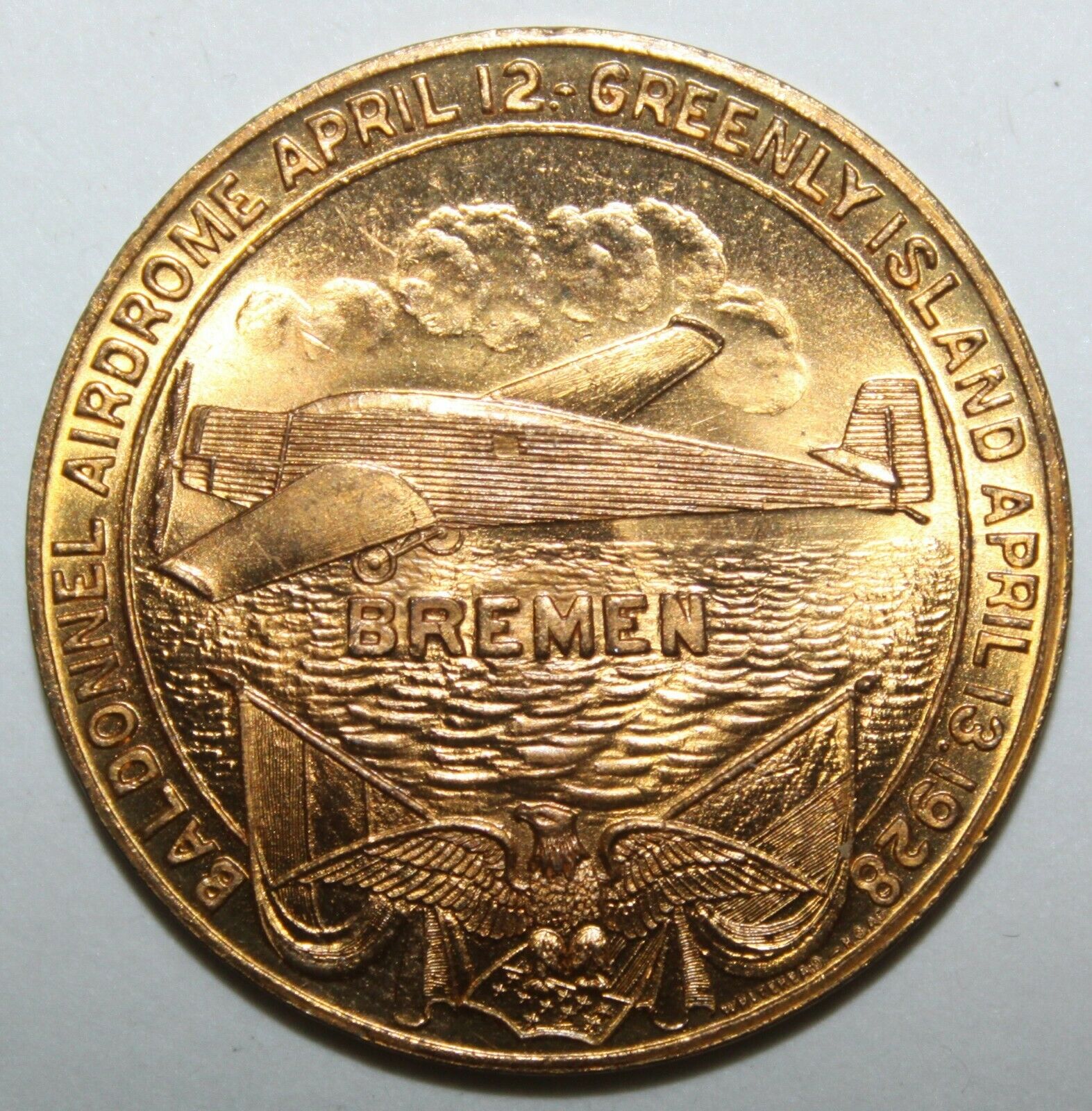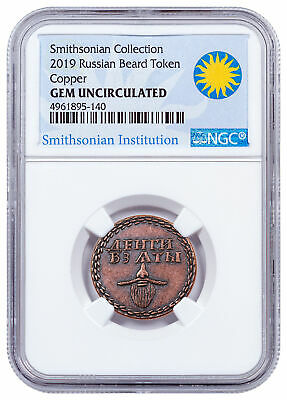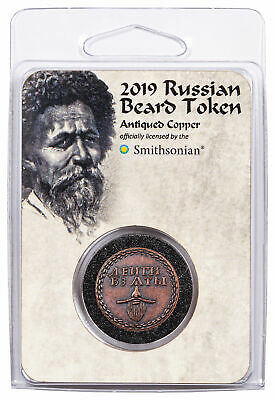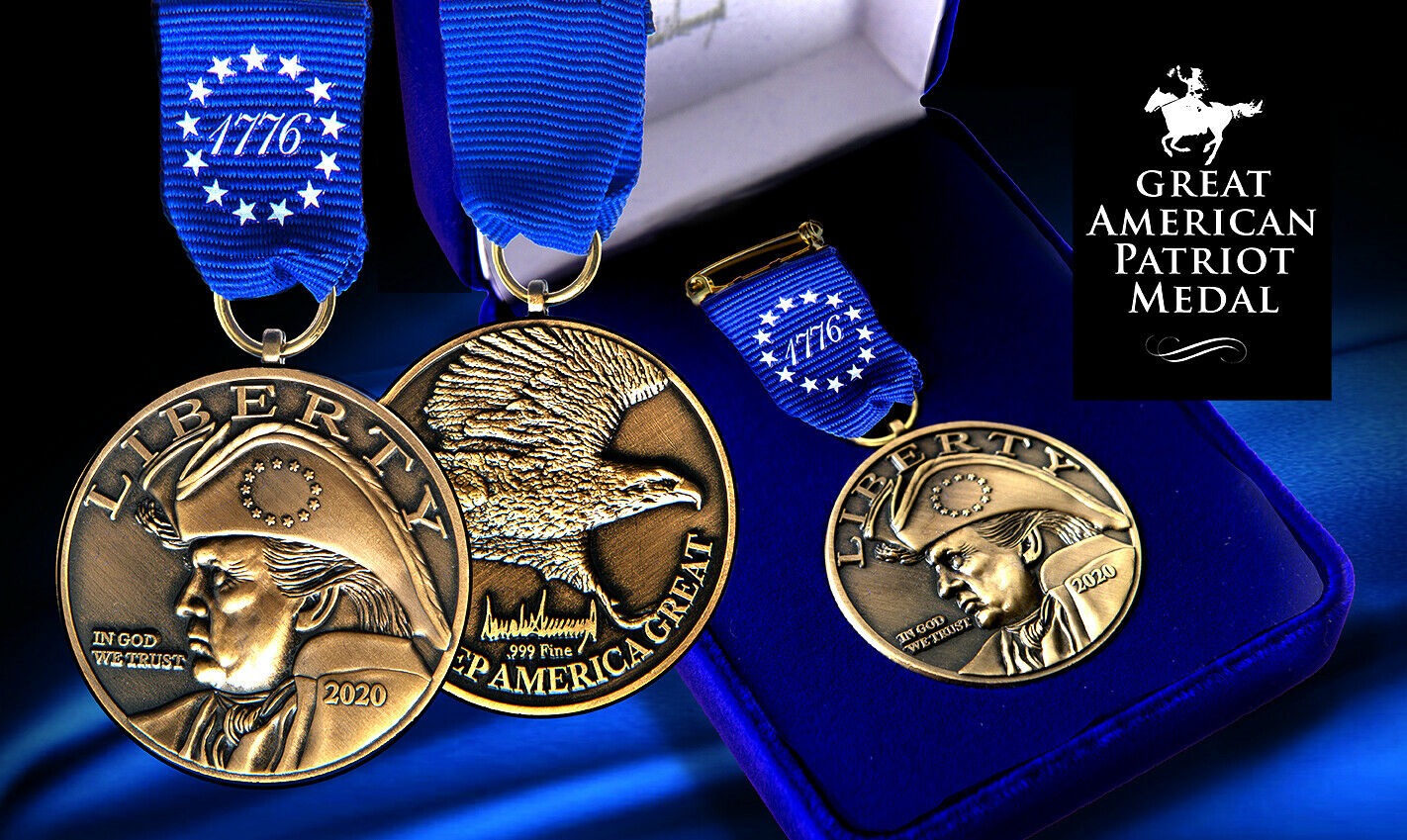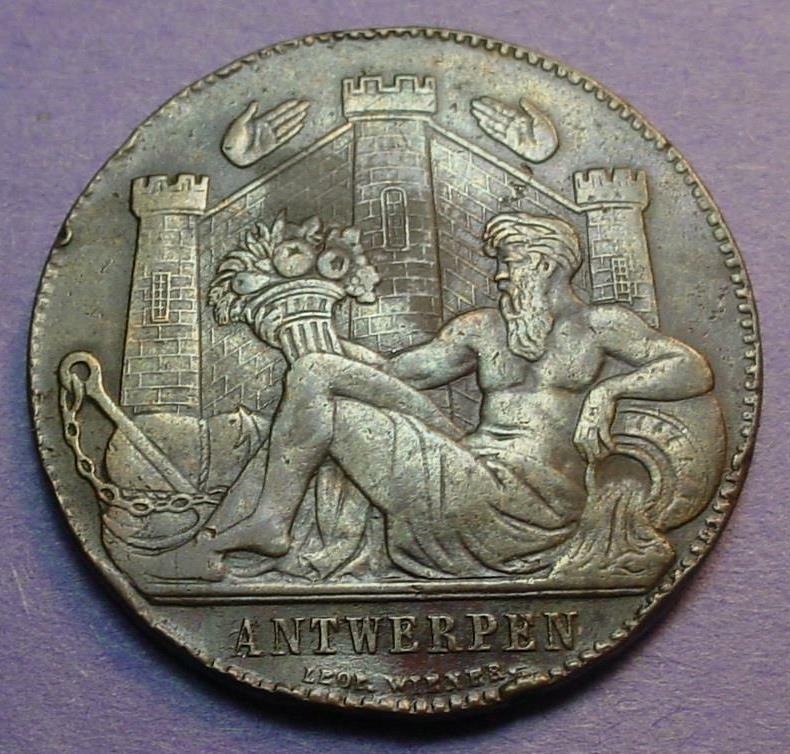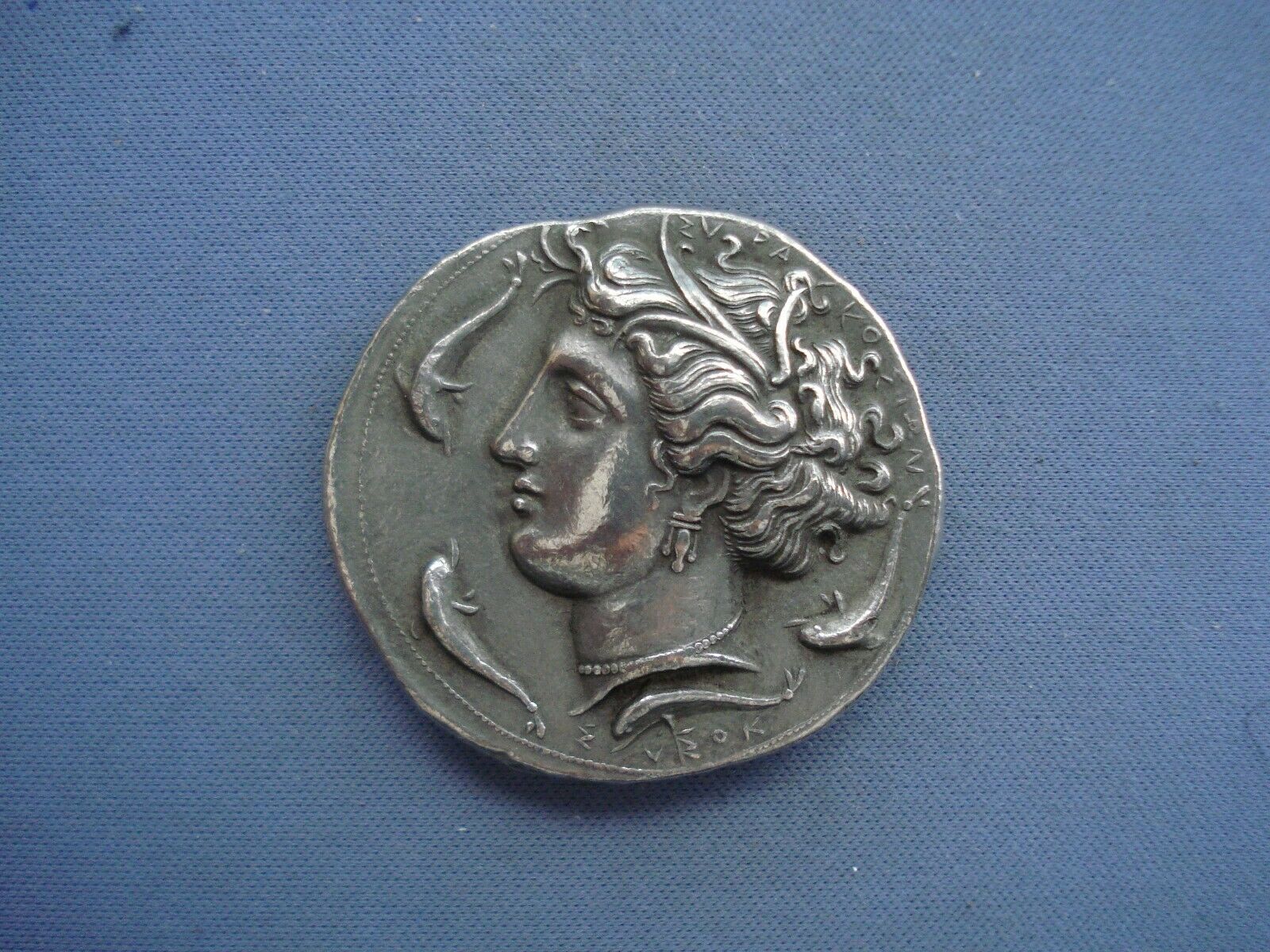-40%
BREMEN by WHITEHEAD & HOAG 1928 FIRST EAST-WEST TRANSATLANTIC FLIGHT gilt 32mm
$ 9.94
- Description
- Size Guide
Description
A nice medal, BU, reflective. Please see the images and make your own judgment.Both Kohl and Hunefeld, and Fitzmaurice, had made earlier attempts in 1927, Kohl and Hunefeld together and Fitzmaurice with another pilot. Fitzmaurice joined the German fliers during the 17 day weather delay in Ireland. For this attempt they set off despite cloud cover, expecting clearing, which did not occur, so they were unable to take celestial navigation fixes, and went very far to the north of their intended course to Mitchel Field on Long Island, New York. Their compass was off by as much as forty degrees. After more than 24 hours in the air they were able to see the North Star again, realized their error, and turned southwest for Mitchel Field, then 1500 miles to the south. They flew along the coast of North America, then over Labrador, then Quebec, then Labrador again, late that day they spotted Greenly Island, between Newfoundland and the mainland, and saw a lighthouse, a pack of dogs, and four people. The Island is barren and rocky but luckily they landed in a peat bog, which was soft, but damaged the plane. They spent two weeks trying to repair the plane, but had to give it up. They were "rescued" by a Ford Trimotor flown by Bernt Balchen, who would go on to be the first pilot to fly over the South Pole, and Floyd Bennett, who had already become the first pilot to fly over the North Pole. Bennett had pneumonia, and died during the flight. They reached New York and were given a tickertape parade, and after an Act of Congress were all awarded the Distinguished Flying Cross by President Coolidge. The restored Bremen today belongs to the Henry Ford Museum but is on loan and exhibited in a hangar in Bremen.
Baron von Hunefeld was born in East Prussia in
1892. He was a sickly child, afflicted with
various serious diseases, blind in one eye and
couldn't see out of the other. As a university
student in Berlin he met the pioneers of flight at
Johannisthal Field. He tried to join the Air
Service when WWI started but was rejected due to
his health. He joined the Army as a motorcyclist
and was wounded in Flanders in September, 1914,
resulting in a shortened left leg. He was unable
to perform further military service and joined the
Diplomatic Corps, serving in Bulgaria, Turkey, and
as Vice Consul in the Netherlands during the war.
After the war he stayed in the Netherlands for a
year and a half with Kron Prinz Wilhelm, then
returned to Germany and worked as a spokesman for
the Norddeutscher Lloyd shipping company in
Bremen. After his Atlantic flight he attempted,
in the autumn of 1928, an around the world flight,
and made it from Berlin to Tokyo, where the effort
was abandoned due to weather and the Baron's
declining health. He died in February 1929 in
Berlin from stomach cancer, age 36.
Hermann Kohl was born in 1888 in Bavaria. He was
an officer of pioneers when wounded in the legs
during WWI, and disqualified for further service
with the pioneers. He volunteered for the Air
Service, became a pilot, then commander of a
bomber squadron, and earned the Pour Le Merite in
1918. He crashed behind enemy lines and was a POW
in France, but escaped and made his way back to
Germany. Postwar he was in the police, and the
army, then in 1925 transferred to civil aviation
and was head of the Deutsch Luft Hansa, night
flight branch after 1926. Kohl lost his job with
Luft Hansa in 1935. A devout Catholic and a man
of strong character, he retired to a small farm in
Bavaria rather than curry favor with the Nazis.
He died in 1938 of kidney disease contracted from
his flying, age 50.
James Fitzmaurice was an Irish aviation pioneer,
born in Dublin in 1898. He served two years in
the infantry in France as an enlisted man, was
wounded, and was in the Battle of the Somme in
1916. In 1917 he was given a commission, then
went to pilot training, which he was finishing
when the Armistice was signed. He continued with
the RAF, serving in the Army of Occupation, and
flying the mail, making the first cross channel
night mail flight. In February 1922, after
formation of the Irish Free State, he joined the
Irish Air Service. After an attempt in 1927 at a
Transatlantic flight which failed due to weather,
Fitzmaurice was offered the chance to join Kohl
and Hunefeld in their attempt, while they were
waiting in Ireland for the weather to clear, which
attempt was successful. He died in Dublin in
1965.
Please see my other items for more exonumia, coins, and collectibles.
